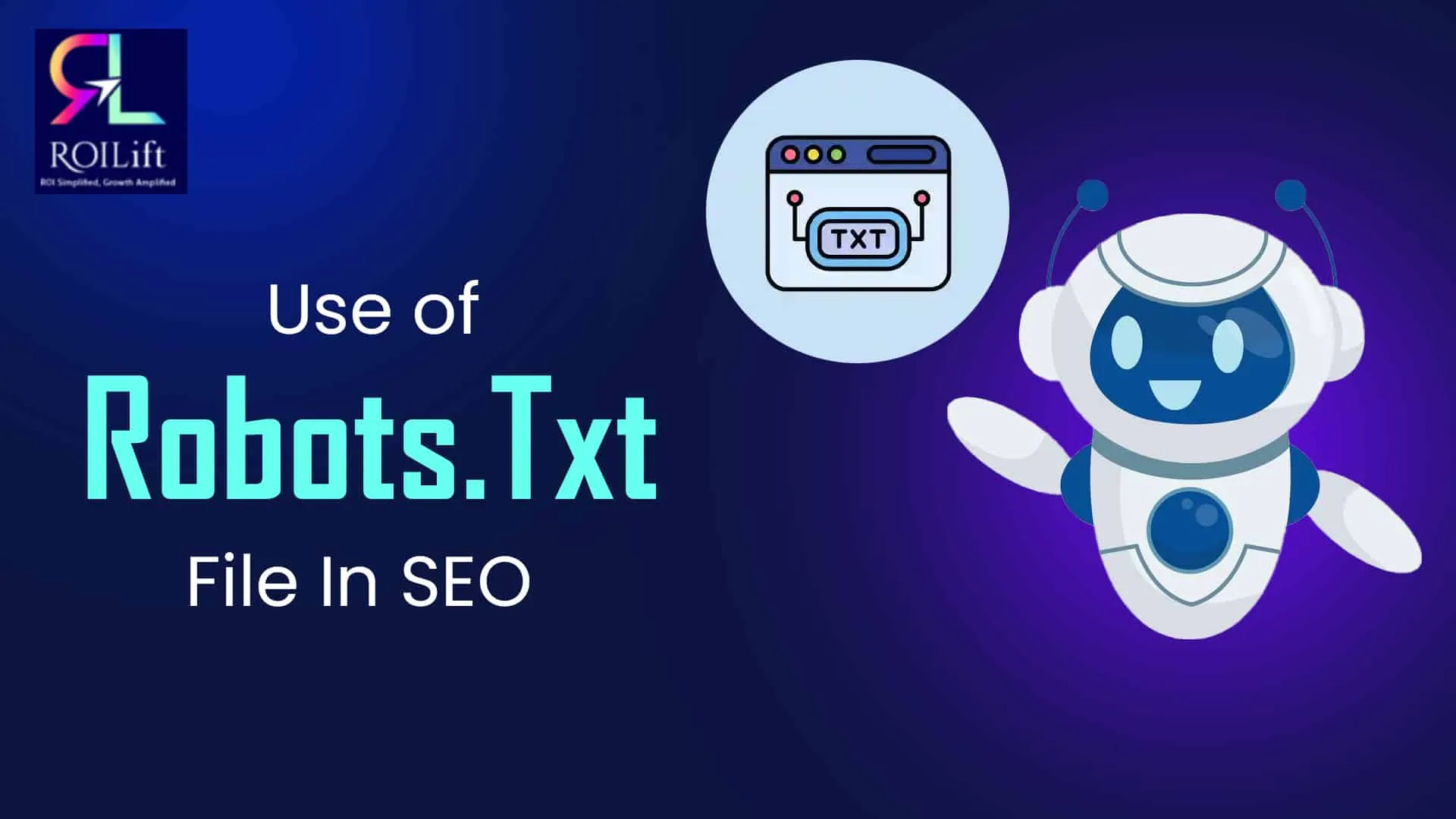The robots.txt file is important for SEO (Search Engine Optimization) because it tells search engine crawlers (also known as bots) which parts of a website should be ignored or crawled. Controlling how search engines scan and index your website is mostly dependent on the Robots.txt file. It informs search engines of the sections of your website that are appropriate for crawling. The Robots.txt file can be used to improve your SEO approach with the help of ROILift, an SEO tool. This is how it helps with SEO:
- Control the Indexing and Crawling: Which pages or parts of a website search engines should or shouldn’t crawl is controlled by the robots.txt file. To avoid wasting resources crawling low-value pages (such as thank-you pages, login pages, or duplicate content), this is crucial. In one case, we can prevent search engine bots from accessing any private or irrelevant pages on your website that you would prefer not to appear in search results.
- Increase the Efficiency of Crawls: The robots.txt file optimizes the crawl budget by preventing search engines from crawling non-essential pages and directing their attention to high-priority pages. This is particularly helpful for big, multi-page websites. We might, for example, prevent bots from crawling scripts, photos, or other assets that have no direct bearing on search engine rankings.
- Avoid Duplicate Content Problems: We can use Robots.txt to stop bots from crawling duplicate content, such as paginated content or printer-friendly versions of pages. By preventing these pages from being indexed by search engines, we lower the possibility that duplicate content will be blacklisted and have a detrimental impact on rankings.
- Steer clear of indexing sensitive data: The robots.txt file can stop bots from accessing checkout pages, admin sections, and login pages, among other sensitive or private pages on your website. Since robots.txt is a publicly available file, it is not a security measure, but it can help stop certain pages from showing up in search results.
- Controlling Particular Bots: The robots.txt file can be used to target particular bots or search engines. We may want Google’s bot to crawl a page, for instance, but block Bingbot or another search engine from doing so. When different search engines perform differently or have varied crawling capabilities, this degree of control may be crucial.
- Reduce the load on the server: Limiting pointless crawling can lower server load and enhance site performance, which can improve user experience and possibly raise ranks, particularly for large pages with plenty of resources like photos and scripts.
Conclusion
Search engines may increase indexing speed, boost SEO performance, and make sure your site is fully optimized for search engine visibility by concentrating their resources on the most valuable pages. ROILift is the best digital marketing agency services in Los Angeles that helps you boost crawl performance, prevent duplicate content, and block non-essential pages, all of which can greatly enhance your utilization of the Robots.txt file. You may use the Robots.txt file to further your overall SEO objectives and enhance the user experience and rankings of your website with the help of ROILift’s SEO tools and knowledge.



